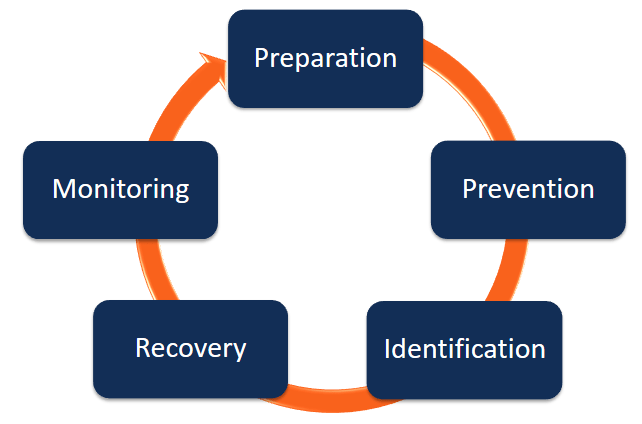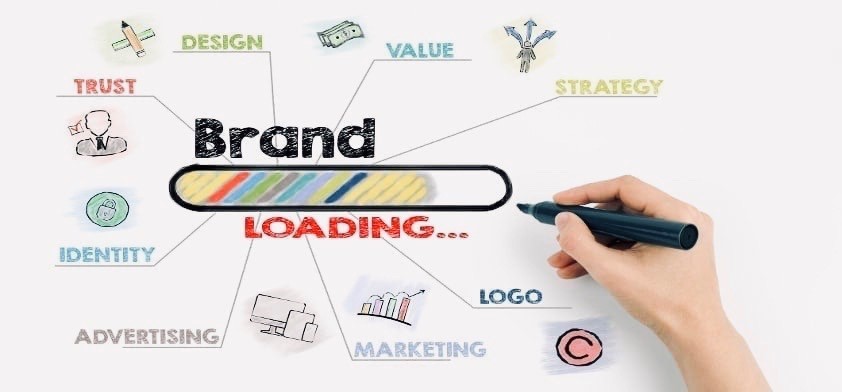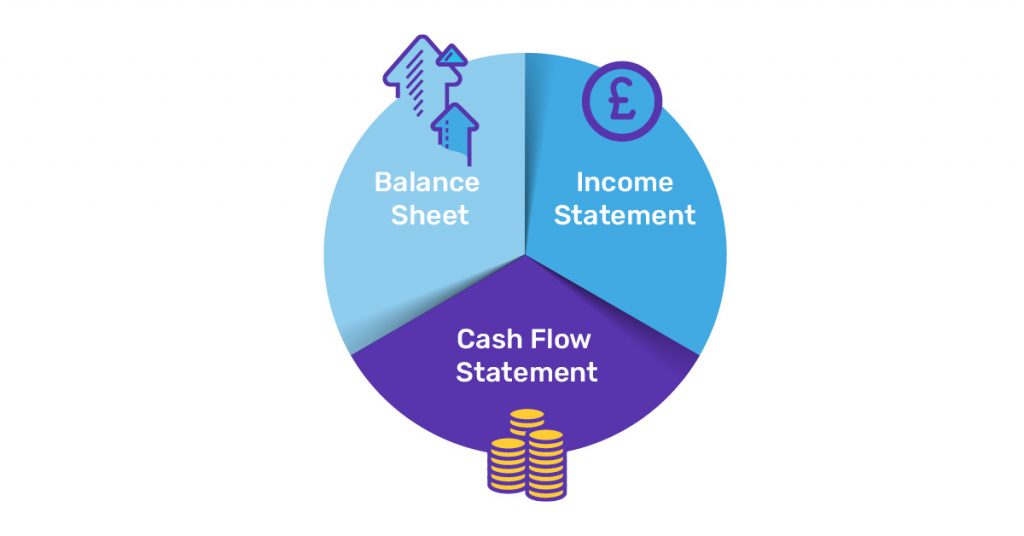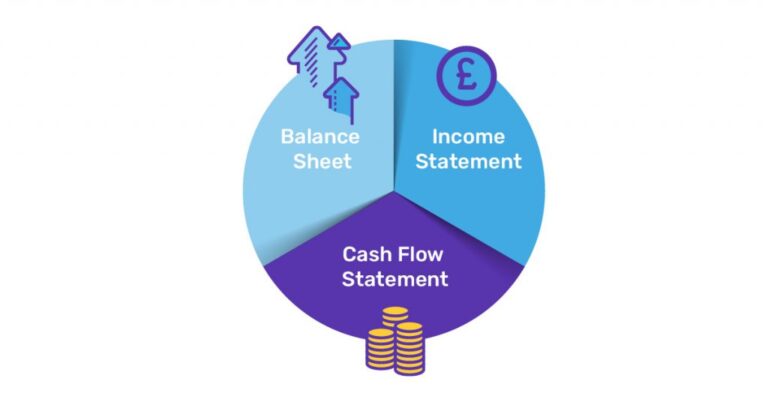Crises can happen unexpectedly, even to the most prepared business leaders. Whether it’s a PR issue, financial challenges, or unexpected shifts in market dynamics, how you handle these situations can shape your reputation and your organisation’s future. Building a solid personal brand is not just about self-promotion—it’s a strategic asset that enables you to maintain trust and credibility while navigating tough times and emerging stronger.
Why Personal Branding is Key

Imagine your brand as a guiding light during turbulent times. Amid a crisis, it is a source of reliability and trust for your audience, reinforcing their confidence in your leadership. A well-established personal brand that embodies transparency, empathy, and consistency can be the determining factor between navigating a crisis successfully and losing stakeholder confidence.
Essential Elements of a Robust Personal Brand

Before considering how to manage a crisis, it’s essential to focus on the core pillars of a solid personal brand:
- Authenticity: Authenticity is crucial in fostering trust and building a relatable, credible brand. By being genuine and adhering to your values, you form a connection with your audience that goes beyond superficial interactions. In today’s environment, authenticity is more valuable than ever, with most consumers reporting that trust in a brand is a significant factor in their purchasing decisions.
- Consistency: Your messaging and actions need to align across all channels. Consistency builds your reputation for reliability, and maintaining this over time reinforces your brand’s integrity. Research has shown consistent branding can significantly boost revenue, demonstrating the importance of presenting a unified front.
- Empathy: Empathy and understanding are strengthening connections, especially during challenging times. Empathy enhances loyalty, as people are likelier to trust and support leaders who show compassion. Studies confirm that empathetic leadership boosts engagement, productivity, and overall retention.
- Visibility: Another crucial aspect is staying visible within your industry and community. A strong presence increases your influence and authority, helping you maintain relevance and stay top of mind, even in times of difficulty.
Building a Resilient Personal Brand
To craft a personal brand capable of withstanding crises, focus on these foundational strategies:
- Identify Your Unique Value Proposition (UVP): Your UVP defines what sets you apart from others in your industry. It highlights your expertise, strengths, and passions. A clear UVP allows others to see the distinctive value you bring, much like well-known figures who are instantly recognisable for their particular approach or expertise.
- Develop Your Story: Your journey and experiences offer a powerful narrative that can resonate with your audience. By sharing your challenges and victories, you create a connection that humanises you as a leader and makes your brand more compelling.
- Engage Actively: Consistently engage with your audience through channels such as social media, industry events, and speaking opportunities. This fosters solid and loyal relationships and demonstrates your willingness to interact and provide value.
- Leverage Thought Leadership: Establish yourself as a thought leader by offering valuable insights, sharing industry trends, and providing innovative ideas. Thought leadership enhances your credibility and positions you as a go-to authority in your field.
Using Your Personal Brand to Manage Crisis

When a crisis occurs, your brand becomes a key asset in managing the situation. Here’s how you can use it to navigate difficult times effectively:
Prioritise Transparency
Transparency is essential when dealing with a crisis. Be upfront about the situation, acknowledge any mistakes, and offer clear updates on resolving the issue. Open communication fosters trust, helping to reassure stakeholders that you are addressing the problem head-on.
For example, a former CEO faced a significant crisis when his company was accused of racial bias. His transparent approach—issuing a public apology, implementing changes, and openly discussing the situation—helped restore faith in the company’s leadership.
Tips for Maintaining Transparency
- Provide regular updates on the progress of the situation.
- Acknowledge any mistakes without hesitation.
- Communicate in clear, concise language to avoid confusion.
- Show Empathy
Empathy can have a profound impact in times of crisis; by demonstrating care for those affected—whether employees, customers, or other stakeholders—you show that you prioritize their well-being above all else. Empathy humanises your brand and reinforces your commitment to your audience.
A prime example occurred during the COVID-19 pandemic when a CEO delivered a heartfelt message acknowledging the immense challenges faced by employees and customers. This empathetic approach deepened the company’s connection with its audience and demonstrated authentic leadership.
Tips for Practicing Empathy:
- Listen actively to feedback and concerns.
- Personalise your communications to demonstrate care and attention.
- Implement supportive initiatives for those directly impacted by the crisis.
- Maintain Consistency in Communication
Consistent messaging is vital during a crisis. Ensure your words and actions align with your core values across all communication channels. Mixed signals or contradictory statements can erode trust and credibility, so sticking to a unified narrative is essential.
A recent example is how a tech CEO managed the transition to remote work. He successfully navigated the challenge by maintaining a clear, consistent message about the company’s plans and priorities and reassured employees and stakeholders alike.
Tips for Consistent Communication:

- Keep all messaging aligned with your brand’s core values.
- Utilise various platforms to reach your audience while maintaining message consistency.
- Maintain a cohesive visual identity to reinforce brand unity.
- Take Swift, Decisive Action
In times of crisis, actions speak louder than words. Decisive leadership in the form of immediate action and transparent communication demonstrates your ability to handle the situation. By taking responsibility, implementing corrective measures, and sharing your improvement plans, you show that you’re committed to resolving the issue.
One notable example is when a major consumer brand faced a product safety crisis. The company’s CEO responded quickly, taking bold steps to remove the product from the market and introduce new safety measures. This swift action not only safeguarded consumers but also helped rebuild trust.
Tips for Decisive Action:
- Respond quickly to prevent further damage.
- Provide tangible proof of the steps taken to resolve the issue.
- Focus on long-term solutions to avoid repeat crises.
Learning and Growing Post-Crisis

Every crisis presents an opportunity to reflect and learn. Once the situation has been resolved, take time to evaluate your response and identify areas for improvement. Use the experience to strengthen your personal brand and enhance your leadership.
Building a Brand that Withstands Crises

Ultimately, navigating a crisis requires a strong personal brand built on authenticity, transparency, and decisive action. By leveraging these qualities, you can guide your organisation through challenging times while building deeper trust and credibility with your audience.
A crisis is not an endpoint—it’s an opportunity to evolve and grow. A well-maintained personal brand will guide you through the storm and position you for future success. By investing in your brand now, you’ll be ready to face whatever challenges come your way.












